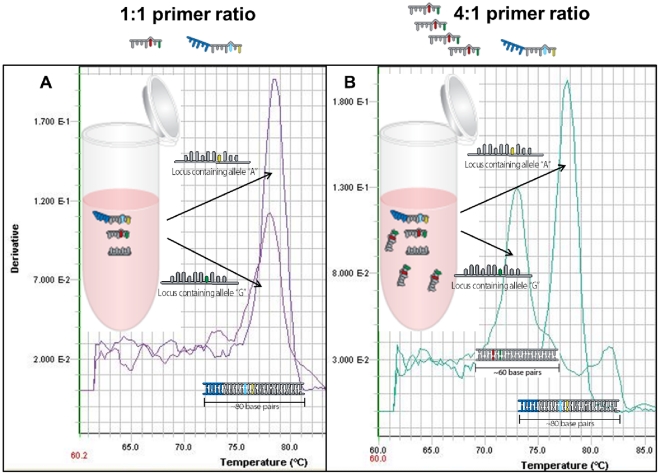Figure 4. Assay optimization by altering the primer ratios.
Primer design does not always result in perfectly matched combinations and additional improvement can be achieved by altering primer ratios. The derivative plots of the temperature-dissociation (melt) curves of two PCR products amplified in a F. tularensis assay are shown. Each product was amplified from genomic template with one of the two allele SNP-states (A or G). A) Under equal primer concentrations, this Melt-MAMA mis-genotyped the ‘G’ allele gDNA template because the G specific primer was more efficient than the A specific primer. In this case, the mismatched primer for the ‘G’ SNP allele state outcompeted the perfect matched primer, resulting in the amplification of the incorrect allele-specific PCR product. B) Primer ratios were then altered so that the matched primer for the “G’ SNP state was four times more concentrated than the respective mismatched primer. Under these unequal primer concentrations, the ‘G’ allele gDNA template accurately genotyped without the disruption of the accurate genotyping functions of the ‘A’ allele gDNA template.

